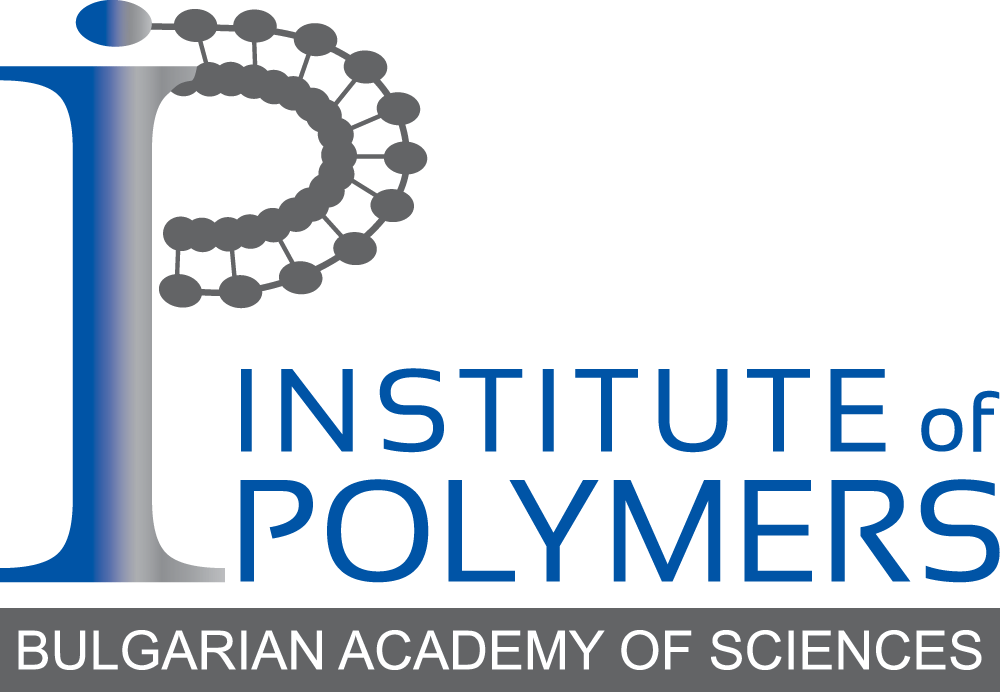Project KP-06-H69/8 – 2023
Project leader: Assoc. Prof. Hristo Penchev, Ph.D.
Basic organization: Institute of Polymers
Partners:
Institute of Mineralogy and Crystallography, BAS
Institute of General and Inorganic Chemistry, BAS
Project start: 03.07.2023
Duration: 36 months
Funding organization: National Science Fund
Project description
The problems resulting from environmental pollution are more and more categorically raising the question of the search for new alternative materials and approaches related to improving the quality of life. Within the framework of the national research strategy 2017-2030 – the main support for fundamental science is aimed at connecting with socially significant spheres – food, health, biodiversity, urban environment, transport, etc. In this regard, the project will be aimed at the search for new polymer-hybrid materials with simultaneously increased photocatalytic activity for the destruction of organic pollutants in wastewater and, on the other hand, with effective antimicrobial properties. The combination of a conjugated polymer with nanoparticles creates the possibility of obtaining materials with a wide range of applications. By controlling the nanophase composition, size, and chemical bonding between the organic and inorganic phases, hybrid nanocomposites with desirable thermal, electrical, optical, mechanical, and biological properties are obtained. Such type of composites has been intensively studied e.g. in lithium-ion batteries, solar panels, fuel cells, etc. Composites based on embedded metal nanoparticles in polymer structures and films also have strong antibacterial properties, which are used in the production of food packaging, treatment of textile materials with the aim of inhibiting bacterial growth, etc. Metals and metal oxides that are often used as antimicrobial agents are e.g. silver (Ag), zinc oxide (ZnO), titanium dioxide (TiO2), aluminum oxide (Al2O3) and iron oxides (Fe3O4, Fe2O3). Conductive polymers comprising mainly conjugated polyaromatic hetero-hydrocarbons and metal oxides are good electron donors under the action of light. In recent years, the issue of studying the photocatalytic properties of hybrid nanocomposites based on polymer and inorganic oxides for the purification of water contaminated with model dyes through a photocatalytic process of chemical degradation has been very relevant.
In the current project, the main object of research is the preparation of new polymer-hybrid materials based on polymers with conjugation from the group of polybenzimidazoles (PBI’s), polyphenylacetylenes and polyaniline (PANI) with ex situ/in situ incorporated metal-oxide and carbon nanoparticles with photocatalytic potential. The materials are produced in the form of thin films/coatings, powders and porous membranes, and nanofibers with a high surface area. Materials are obtained in the form of thin films, coatings, powders, porous membranes and nanofibers with highly developed surface and combination of chemi-/physical sorption of model water pollution dyes with simultaneous active processes of photocatalytic generation of reactive species (e.g. hydroxyl radical, singlet oxygen), leading to the chemical breakdown of the target pollulants and the water decontamination including microbial disinfection. Special emphasis is palced on the use of green synthesis approaches in metal-oxide catalysts by their synthesis in the presence of various plant extracts and polymer stabilizers as well as the green microwave-assisted synthesis of polybenzimidazoles (e.g. AB-PBI) and inorganic filler composites therefrom.



